Nearly two-thirds of India’s population faces flood risks, but only a third have access to early warning systems.
India Meteorological Department (IMD)
|
|---|
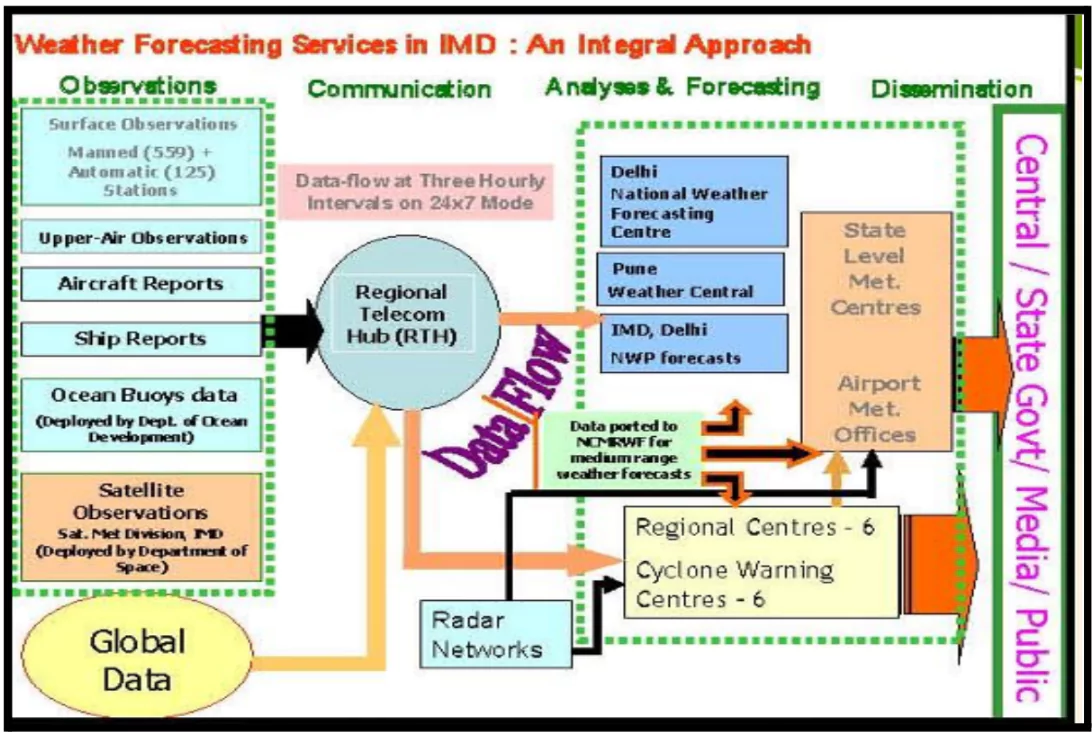
Indian Institute of Tropical Meteorology (IITM)
|
|---|
Accurate weather predictions are crucial for India, one of the nations most vulnerable to climate change. They enable better preparedness through early warnings for heat and rainfall, coordination of power supplies, and guidance for farmers to safeguard their crops.
The 16th Conference of Parties (COP16) to the Convention on Biological Diversity (CBD) is set to begin in Cali, Colombia.
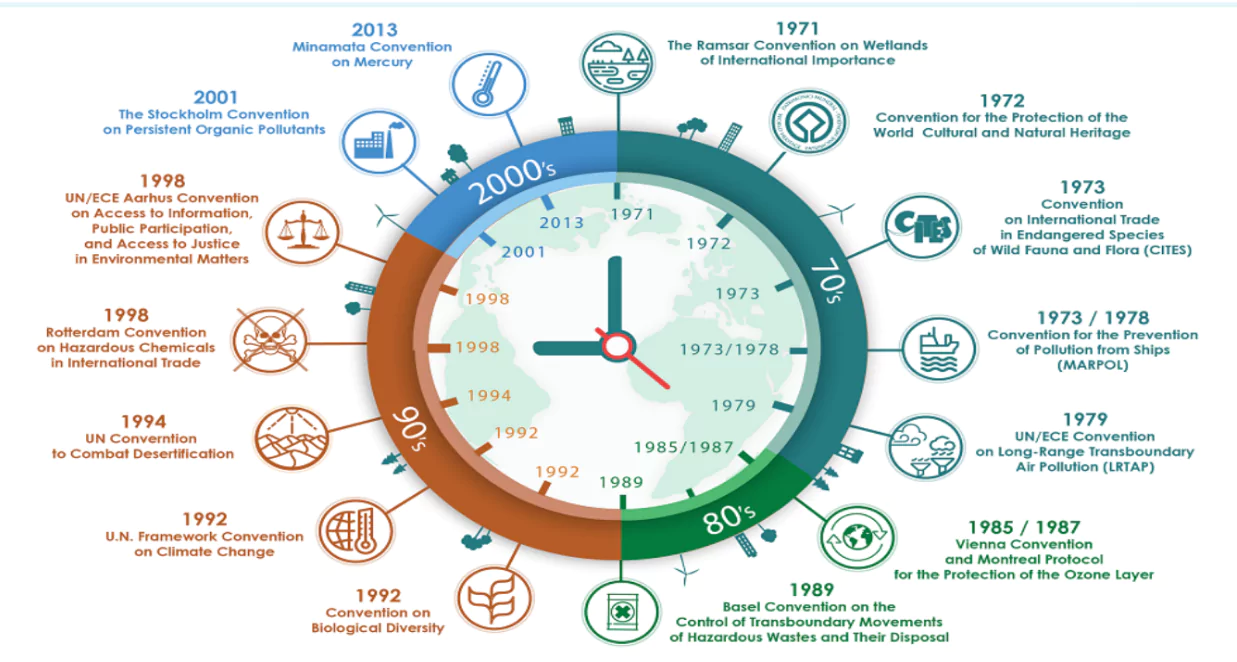
Recently, Odisha has started preparing for a possible impact from Cyclone Dana in the coastal areas.
| Pressure System | Pressure Condition at the Centre |
Pattern of Wind Direction |
|
| Northern Hemisphere | Southern Hemisphere | ||
| Cyclone | Low | Anticlockwise | Clockwise |
| Anticyclone | High | Clockwise | Anticlockwise |
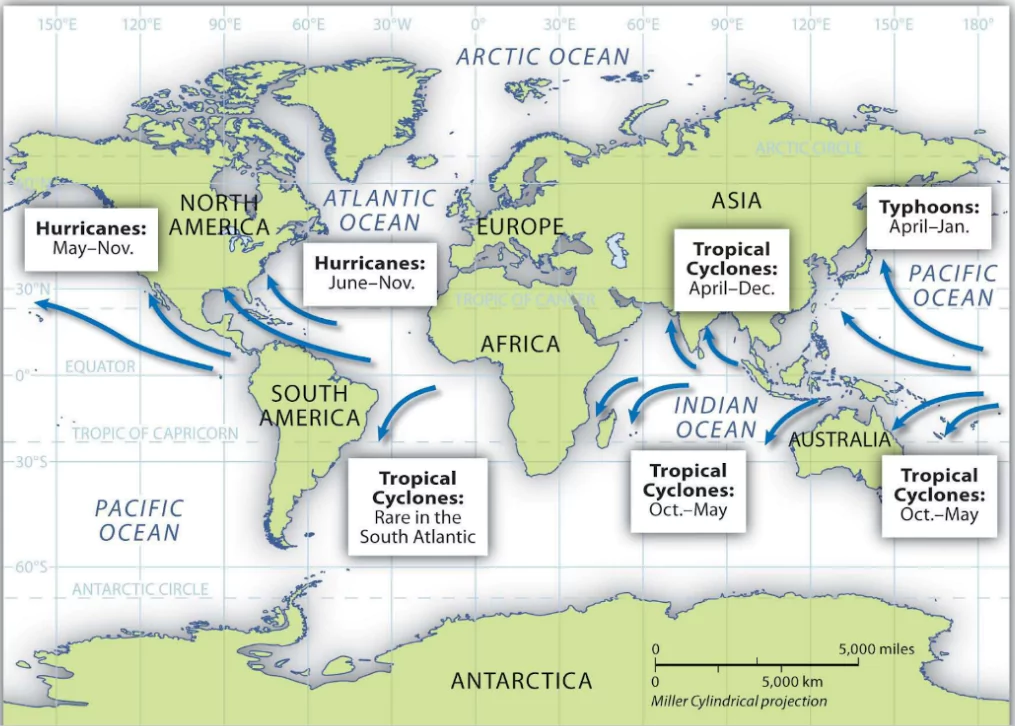 Member Countries: IMD serves 13 member countries under the WMO/Economic and Social Commission for Asia-Pacific (ESCAP) Panel.
Member Countries: IMD serves 13 member countries under the WMO/Economic and Social Commission for Asia-Pacific (ESCAP) Panel.

A week after Union Agriculture Minister Shivraj Singh Chouhan assigned an Agriculture Ministry official the additional charge of Managing Director at NAFED, the Appointments Committee of the Cabinet (ACC) shifted the responsibility to an official from the Ministry of Cooperation.
A recent discovery has shed light on how single-celled phytoplankton, specifically the bioluminescent species Pyrocystis noctiluca, can inflate to six times their original size to reach the ocean’s surface.

Initially, a historic hurricane season was predicted in 2024 due to a strong La Niña. However, there were no major hurricanes during the summer.
The Parliamentary Standing Committee on Defence has selected 17 topics for deliberation this year, one of which focuses on the Indian armed forces’ preparedness to handle non-kinetic or hybrid warfare.
Non-kinetic warfare focuses on achieving military goals without relying on physical combat or traditional weapons. Instead, it uses modern, non-physical methods.
| Feature | Non-Kinetic Warfare | Kinetic Warfare |
| Definition | Warfare that employs methods other than physical force to achieve strategic or tactical objectives. | Warfare that employs physical force to inflict damage or destruction on an enemy. |
| Examples | Economic sanctions, cyberattacks, propaganda, diplomatic pressure, information warfare | Military strikes, artillery bombardments, naval blockades, missile attacks |
| Primary Goals | To weaken an adversary’s capabilities without direct physical confrontation. | To inflict direct physical harm on an enemy’s forces or infrastructure. |
| Advantages | Can be more cost-effective and less risky than kinetic warfare; can target specific vulnerabilities without causing widespread destruction. | Can produce immediate and tangible results; can force an enemy to surrender or negotiate. |
| Disadvantages | Can be time-consuming and difficult to achieve desired outcomes; may not be effective against determined adversaries. | Can lead to significant loss of life and destruction; can escalate conflicts and create new enemies. |
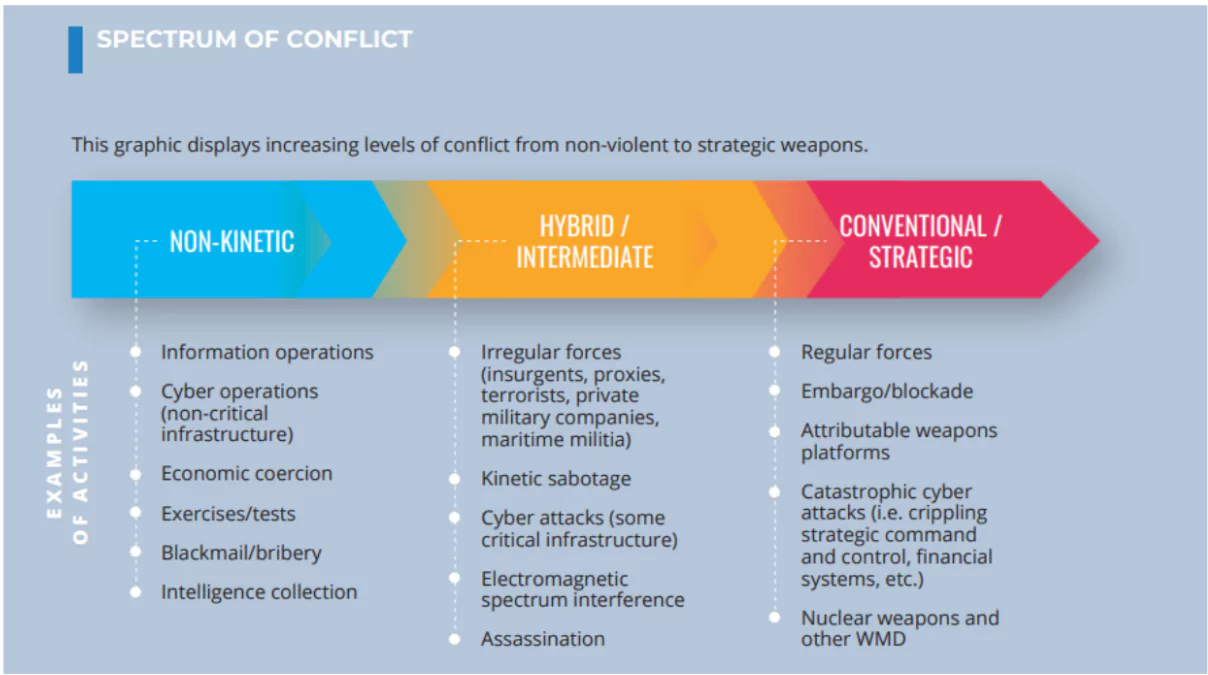 Working with Non-Military Groups
Working with Non-Military GroupsThe 29th Conference of the Parties (COP29) to the UNFCCC will take place in Baku, Azerbaijan, from November 11 to 22, 2024.
Commitments Made at International Conferences
|
|---|
Who Needs Climate Finance?
Recently, New research by South African ecologists has refuted the claim that the African Baobab (Adansonia digitata) tree is dying due to climate change.
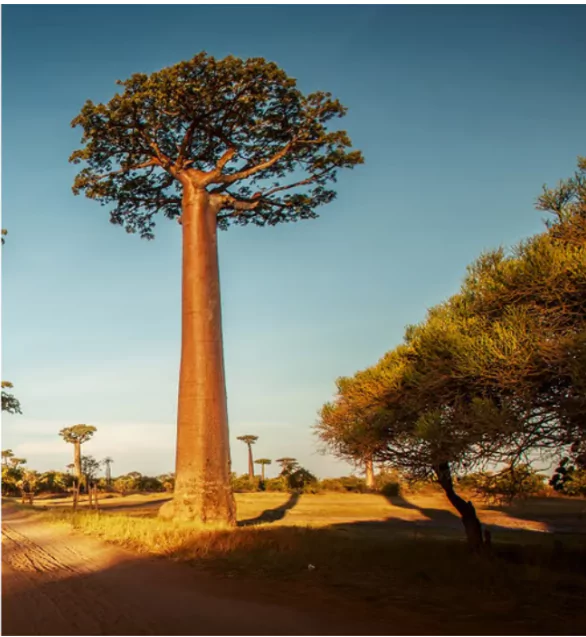
A report titled “Nonylphenol — An Endocrine Disrupting Chemical” was released by Toxics Link, an environmental research organisation, and the US-based non-profit Environmental Defense Fund.
What are surfactants?
|
|---|
Context: Recently, Indo-Oman bilateral naval exercise Naseem-Al-Bahr was held in Goa.
Context: Recently, “Exercise Malabar” was concluded on the coast of Visakhapatnam, Andhra Pradesh
Context: Copper plate inscriptions from the 16th Century CE, bearing the Vijayanagara Kingdom’s seal, were recently discovered at the Sri Singeeswarar temple in Mappedu village, Tiruvallur district.
Context: The European Space Agency (ESA) has launched the Moonlight programme, aiming to create a dedicated satellite constellation for telecommunication and navigation services on the Moon.
<div class="new-fform">
</div>